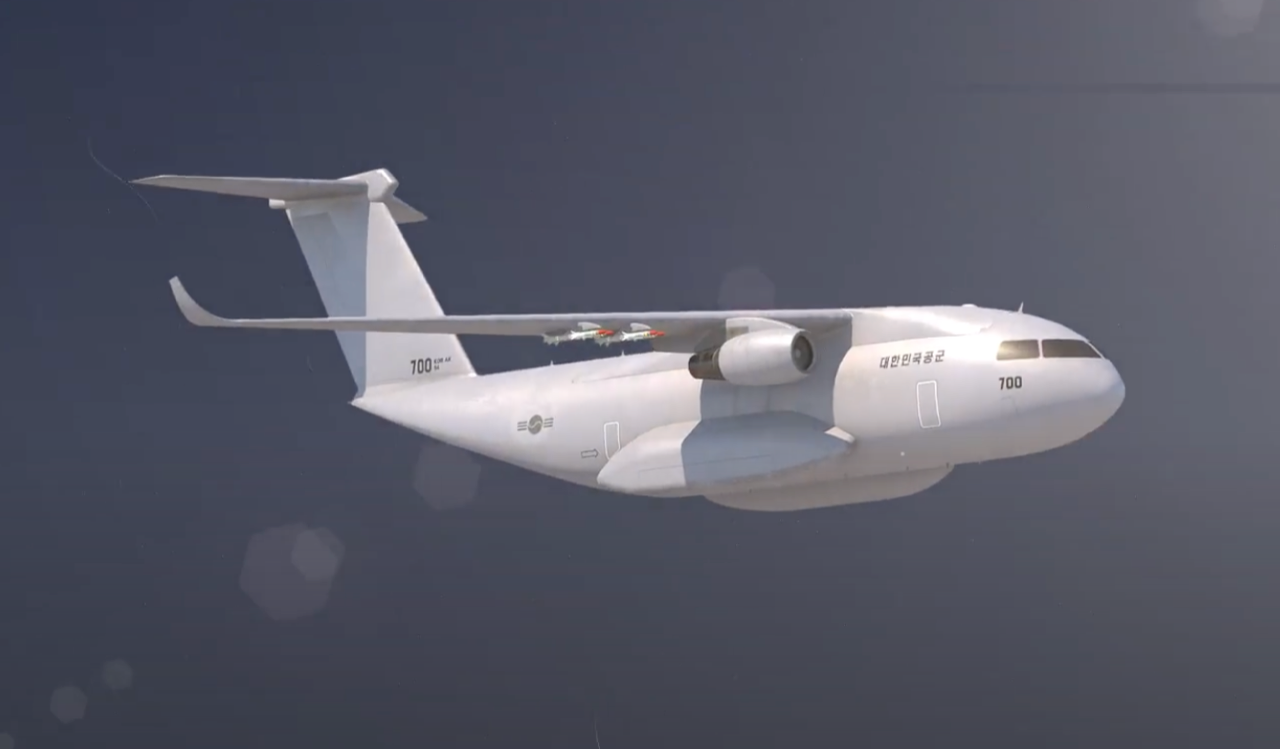
Credit: Korea Aerospace Industries video
SINGAPORE—Korea Aerospace Industries' (KAI) concept for a future indigenous airlifter and its proposed capabilities have been leaked online. The computer-generated model of the aircraft shown in videos published online strongly resemble the configuration of the Brazilian Embraer KC-390 and the...
Subscription Required
This content requires a subscription to one of the Aviation Week Intelligence Network (AWIN) bundles.
Schedule a demo today to find out how you can access this content and similar content related to your area of the global aviation industry.
Already an AWIN subscriber? Login
Did you know? Aviation Week has won top honors multiple times in the Jesse H. Neal National Business Journalism Awards, the business-to-business media equivalent of the Pulitzer Prizes.





